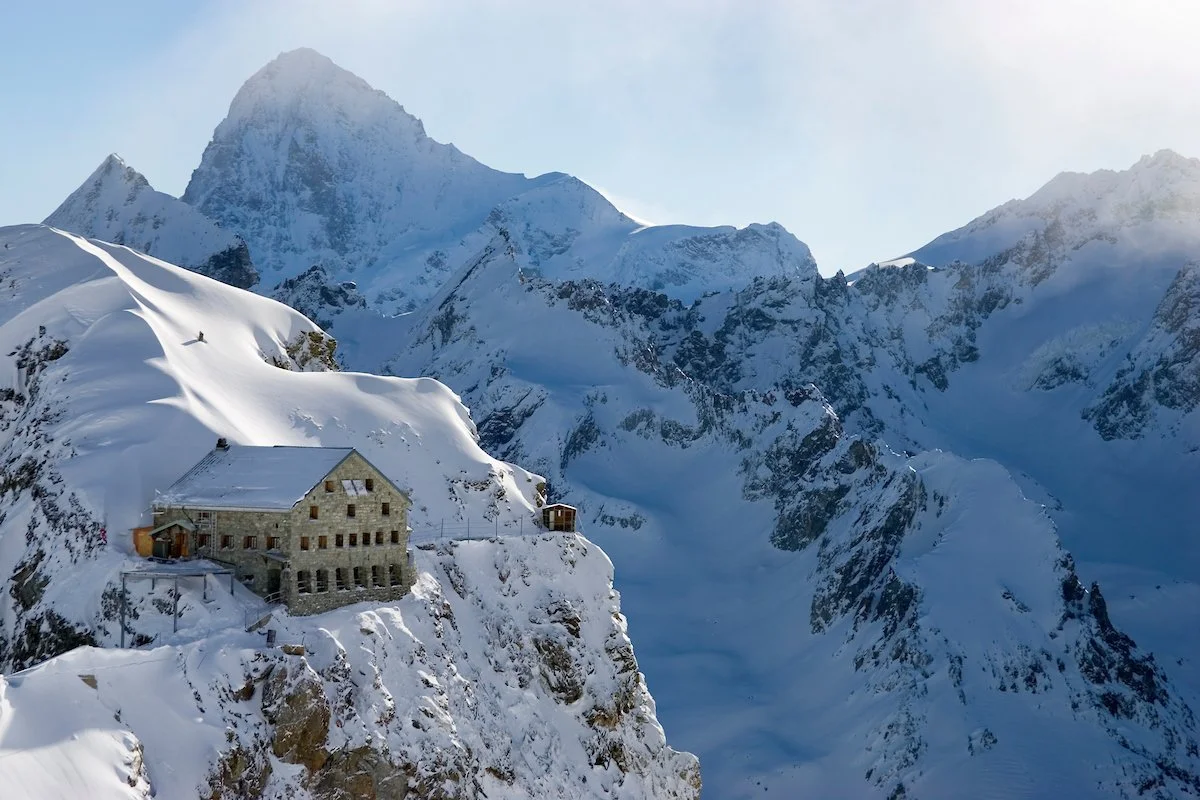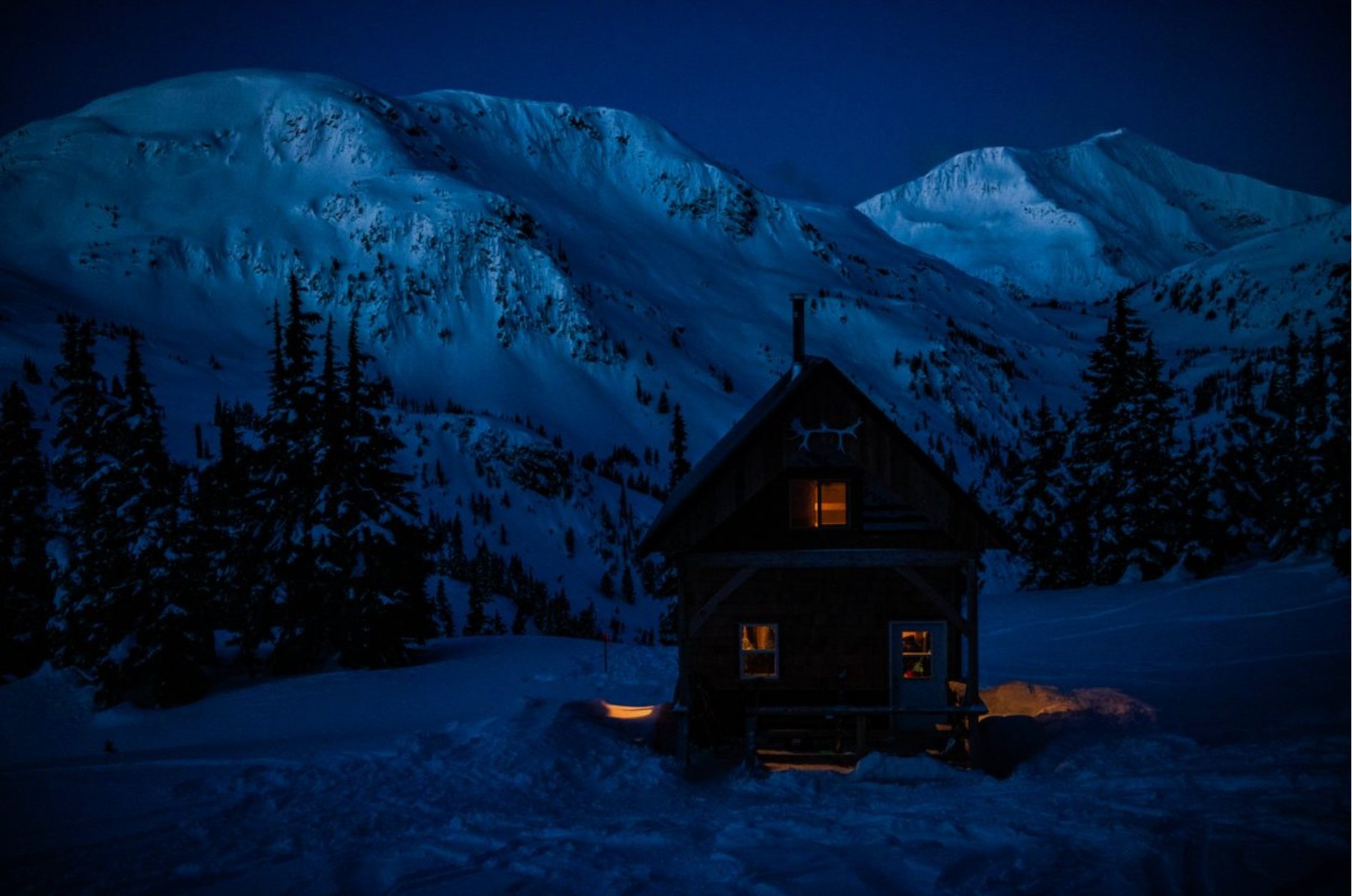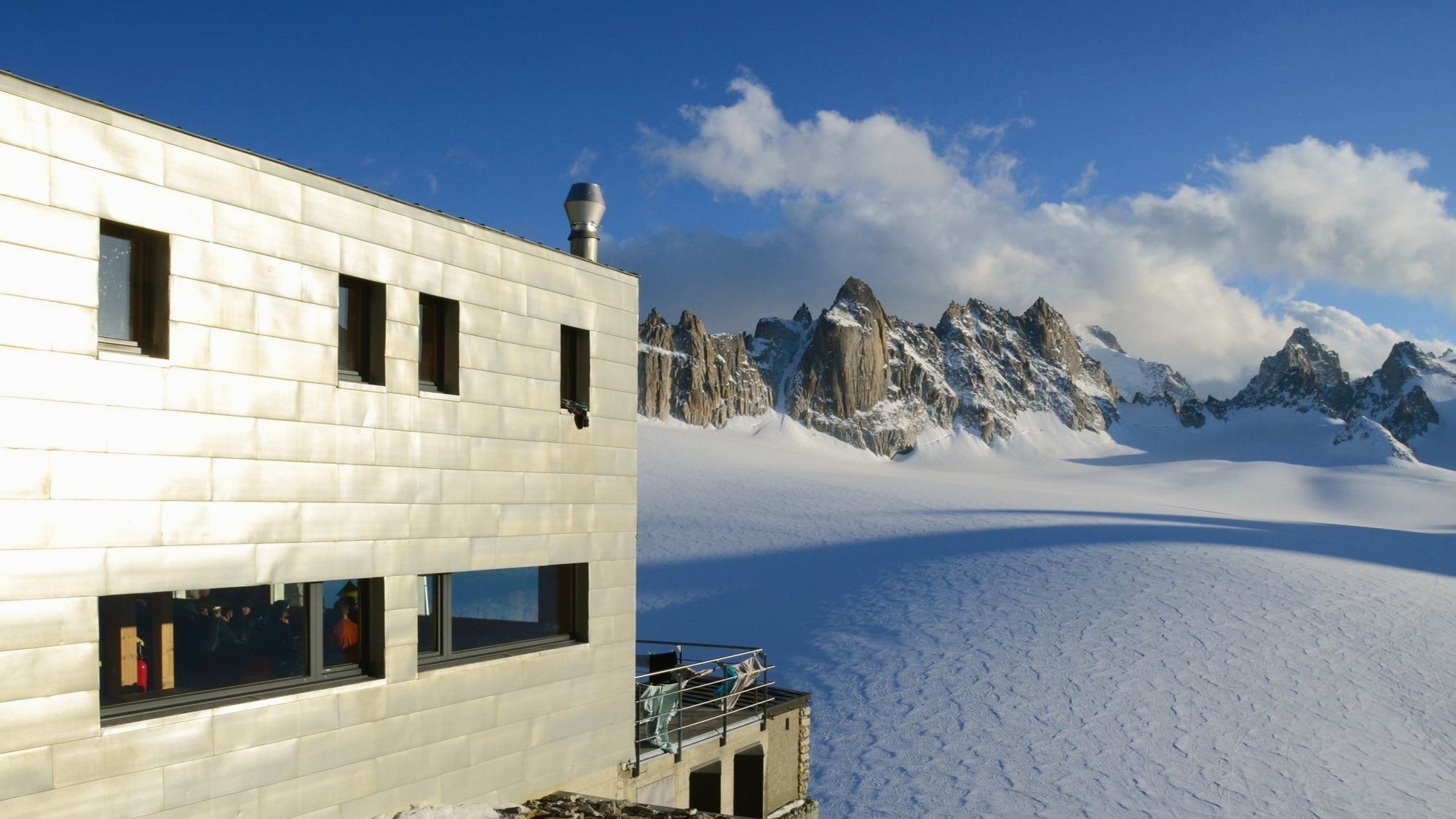
Lodging and Mountain Huts
Trient Hut/Trient Glacier, Switzerland (photo: David Hewett)
Mountain Huts and Backcountry Shelters
The Biggest Lines is not a travel service and does not provide information regarding conventional lodging. There are numerous sites that do however, including Google, Kayak, and Airbnb, which all have enormous databases and sophisticated search engines that can sort local accommodations according to price, availability, amenities, location, and user ratings. It is possible Biggest Lines will someday offer customized itineraries that will include selected lodges and/or hotels, but for now we are happy to defer to the travel experts.
We have compiled a list of sites dedicated to mountain huts*, which more directly support backcountry travel. This style of lodging is particularly relevant in Europe, where it is used with great frequency and in all seasons. The Europeans have been traveling through the high mountains for a long time (at least 250 years!), so it comes as no surprise that they have well established and extensive backcountry hut systems. These huts range in size from two-person bivouacs (unguarded emergency shelters) to fully staffed or guarded lodges which can sleep as many as 200 persons. Guarded huts typically offer half-board accommodation, which includes a bunk space, warm blankets, breakfast and dinner, and in most cases, plenty of potable water, even wine and beer. Bed linens and towels are generally not included. Backcountry huts are a relatively new phenomenon in the United States, and where they exist they are usually unguarded and rather spare. Unlike its European counterparts, food, beer and electricity are often considered luxury amenities.
Guarded or unguarded, mountain huts provide backcountry travelers with more immediate access to remote and/or high elevation lines, and can often provide critical advantages in terms of safety, efficiency, and overall enjoyment. Traveling as light and as fast as conditions permit (without the added weight of food and overnight gear) is optimal in the world of ski mountaineering. Allowing time for acclimatization, rest, or an early start for a complicated objective can often mean the difference between success or failure, and in some (very rare) cases, even life or death! A good description of the Swiss alpine hut system can be found here: The Alps Hut System by Alps Insight. Much of what is described therein can be applied not only to hut systems in Europe, but also to those in most other parts of the world. Refer to the sites listed below for more detailed information.
EUROPE
European Mountaineers Association (EUMA): Mountain Huts Map
France: Fédération Française des Clubs Alpins et de Montagne: Refuge Guide
Switzerland: Swiss Alpine Club: Hut Finder
Switzerland: Swiss Alpine Club: Route Portal
Rifigio Alpino, Tarvisio, Italy
NORTH AMERICA
Central Colorado: 10th Mountain Division Hut Association
Southwest Colorado: San Juan Huts (Mt. Sneffels Wilderness, Ridgway, Colorado)
Southwest Colorado: The Observatory at Alta Lakes (Telluride, Colorado)
Southwest Colorado: The Opus Hut, Ophir. Colorado Ascent: The Hut Journal: Opus Hut
Southwest Colorado: Mount Hayden Backcountry Lodge, Ouray
Southwest Colorado: Red Mountain Alpine Lodge, Red Mountain Pass, San Juan Mountains
Southwest Colorado: Thelma Hut, Red Mountain Pass, San Juan Mountains
Central Idaho: Williams Peak Hut (operated by Sawtooth Mountain Guides, Stanley, Idaho)
New Hampshire: Joe Dodge Lodge, Pinkham Notch/Mt. Washington
Vermont: Bolton Valley Backcountry Cabin Rentals, Bolton Valley
Canada: Alpine Club of Canada: ACC Huts
NEW ZEALAND
New Zealand Department of Conservation: Places to Stay
*Note: Mountain huts are alternately referred to as alpine huts (US/CA/UK/NZ), refuges (FR), or rifugios (IT) in various literature/publications. They are distinguishable only by their location.
Mountain Hut Gallery
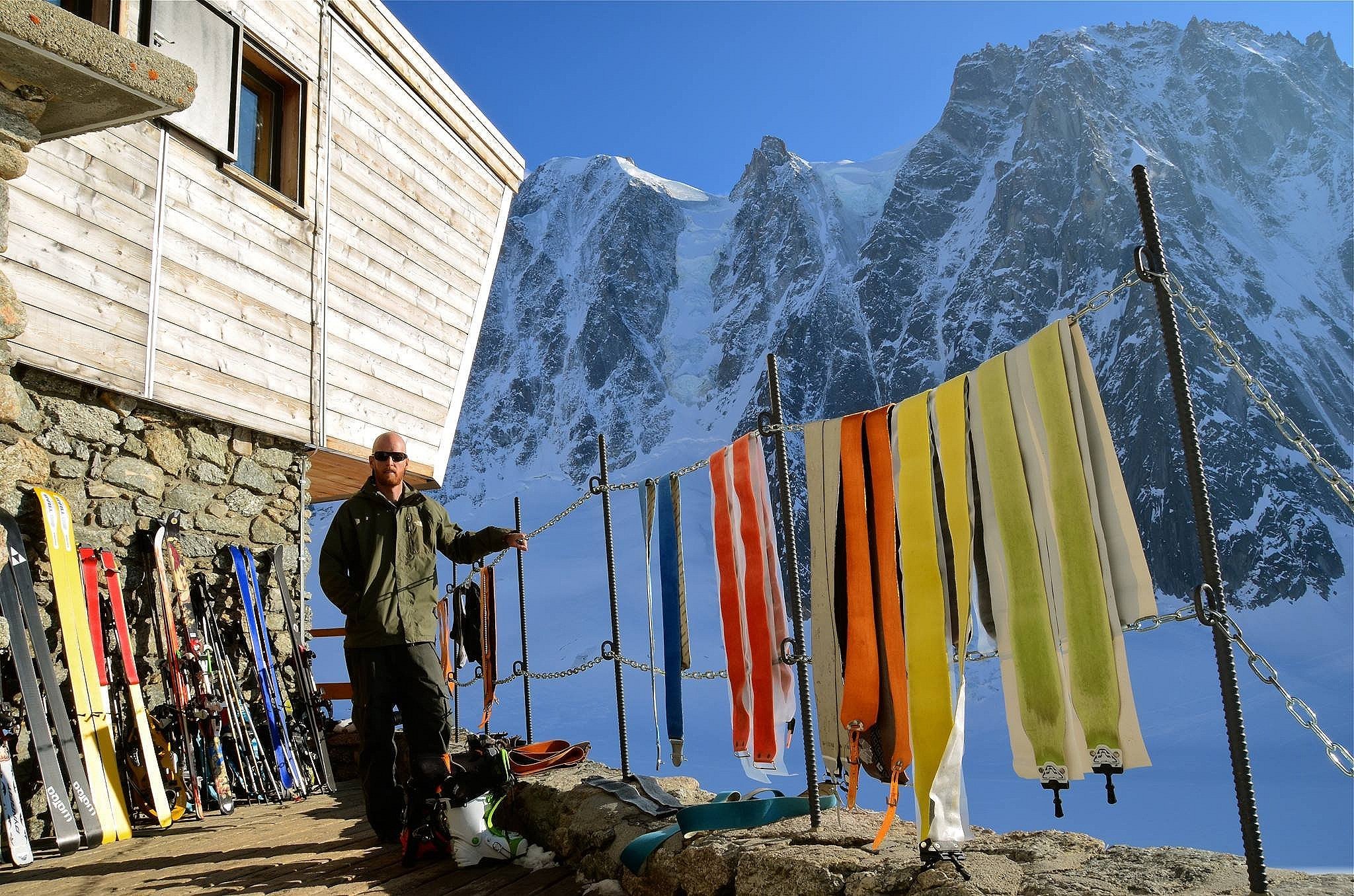
Skins drying in the afternoon sun, Argentiere Hut, Argentiere, France (photo: David Hewett)
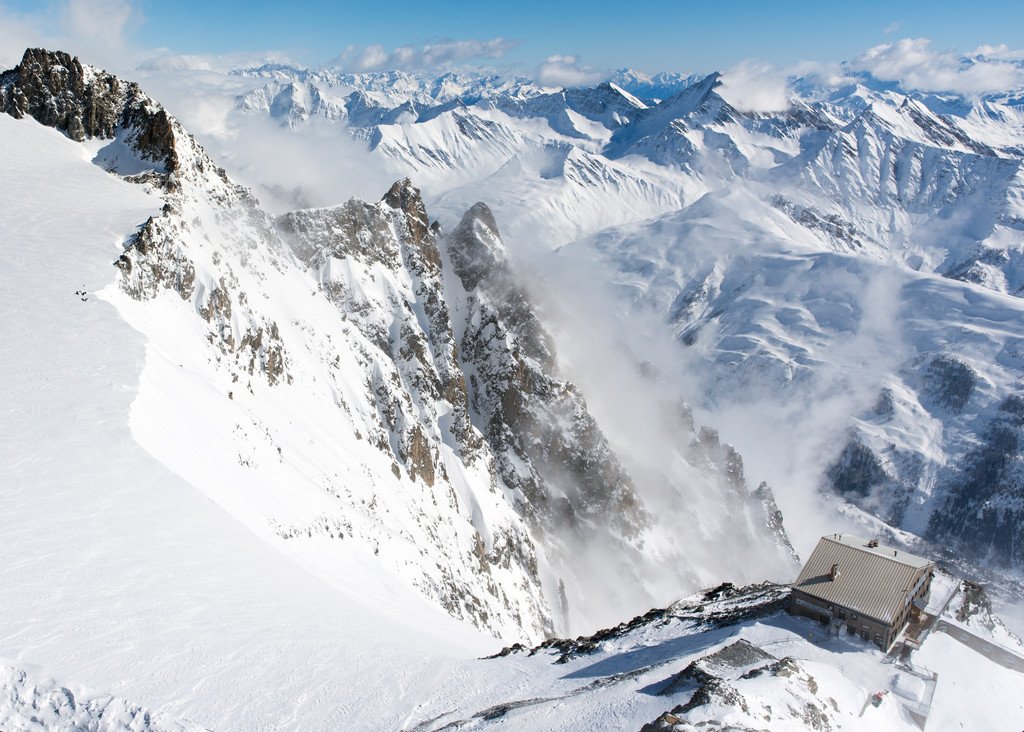
The spectacularly situated Torino hut, Mont Blanc de Courmayeur, Italy (photo: Unsplash)
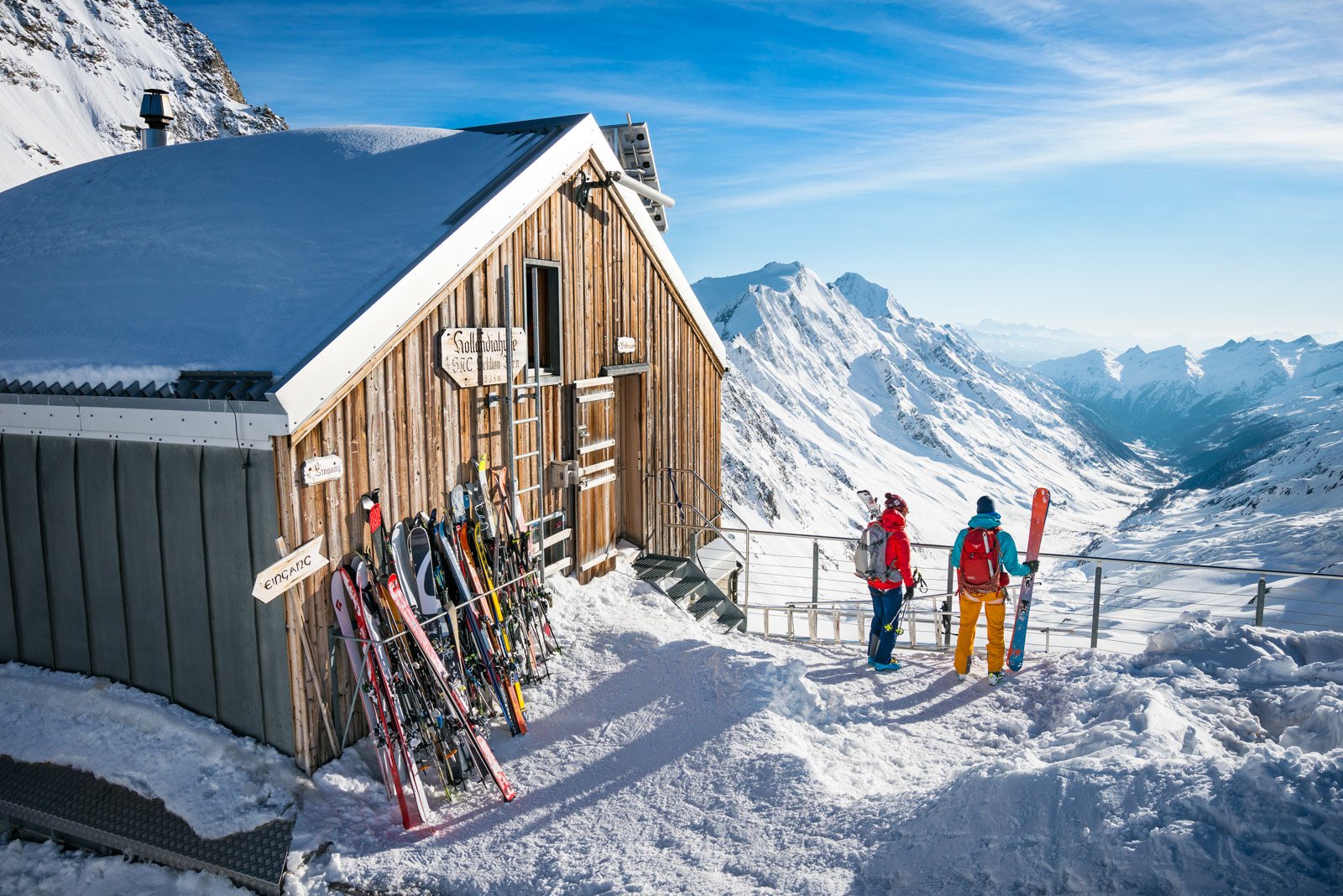
Hollandia Hut, Berner Oberland, Switzerland (photo by PatitucciPhoto)
Inside the Williams Peak Hut, Sawtooths, Idaho (photo: Aaron Teasdale)
The Vignettes Hut, on the Haute Route, Switzerland (photo by PatitucciPhoto)
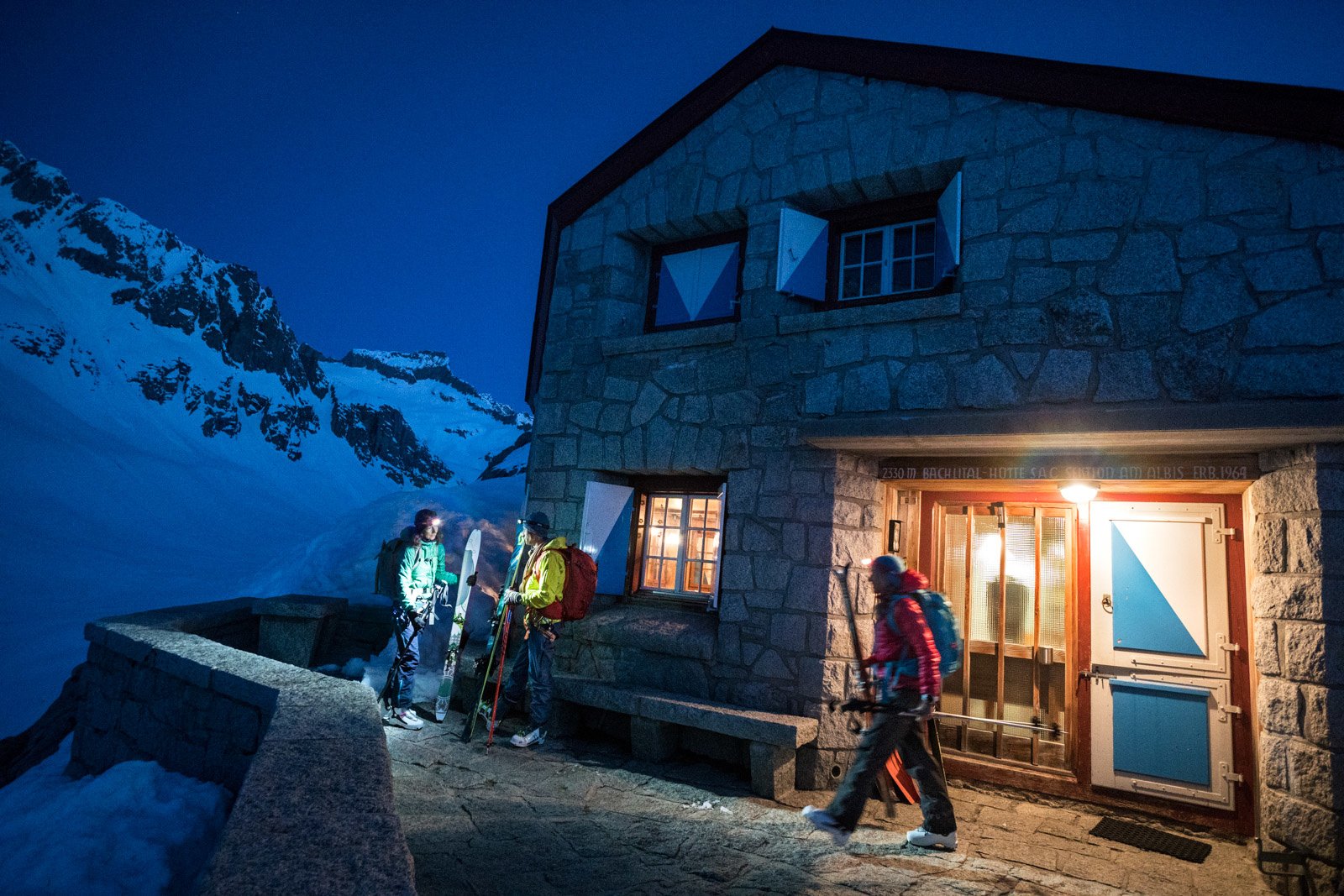
Bächlital Hut, Berner Haute Route, Switzerland (photo by PatitucciPhoto)

Tea time inside the confines of warm mountain hut, somewhere in North America (photo: Unsplash)
Anderson cabin near Terrace, British Columbia (photo: Mattias Fredriksson)
“High alpine shelters are more than refuges. They are destinations in their own right.”
—Brendan Leonard “Living the Hut Life” Adventure Journal, Summer 2017
TOP 40
Today’s Most Influential Backcountry
Skiers and Snowboarders
————— RESOURCES INDEX —————
Weather/Snow Reports
Avalanche Bulletins
Guide Services
Lodging/Huts
Education
Books/Publications
Digital Media
Photography


